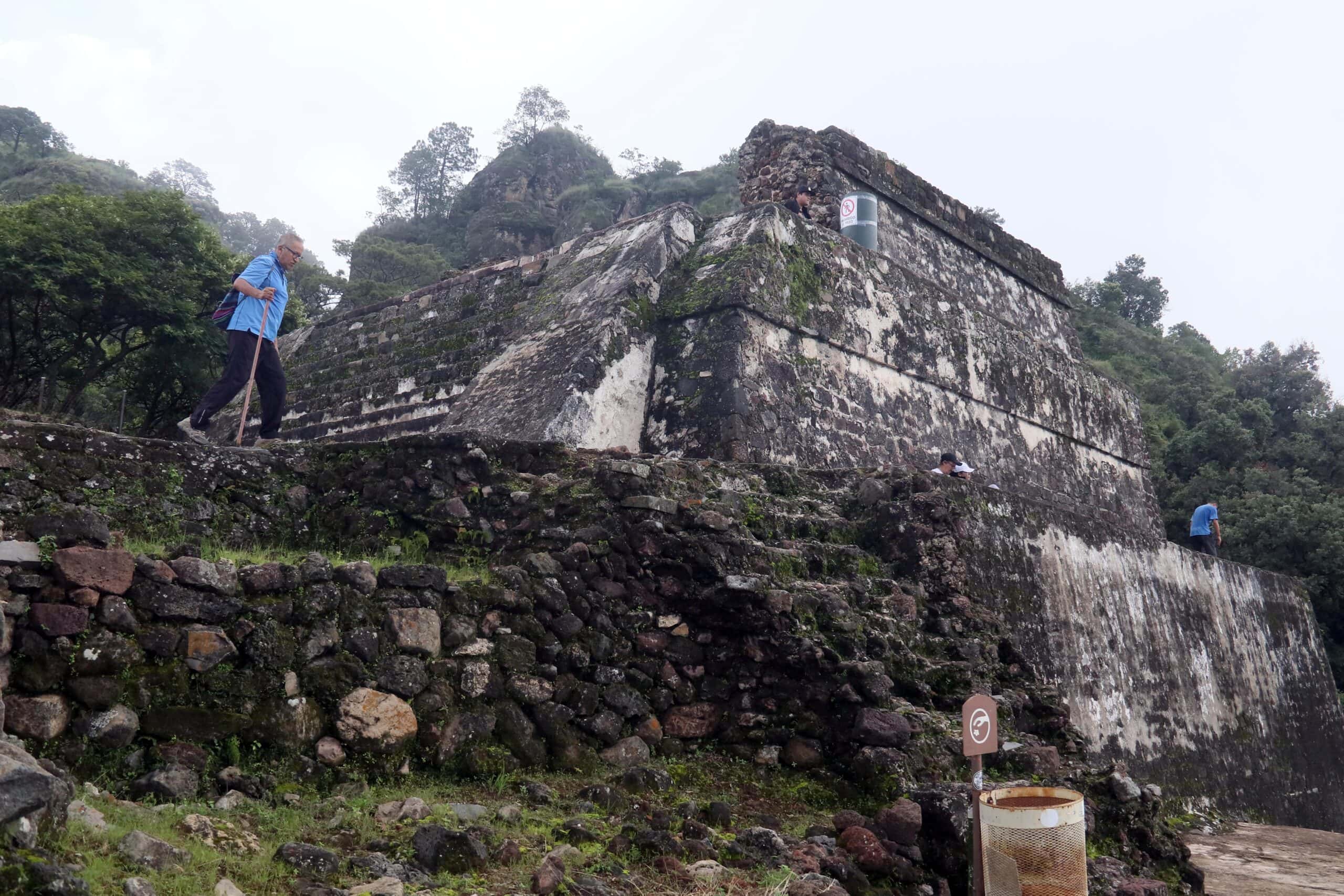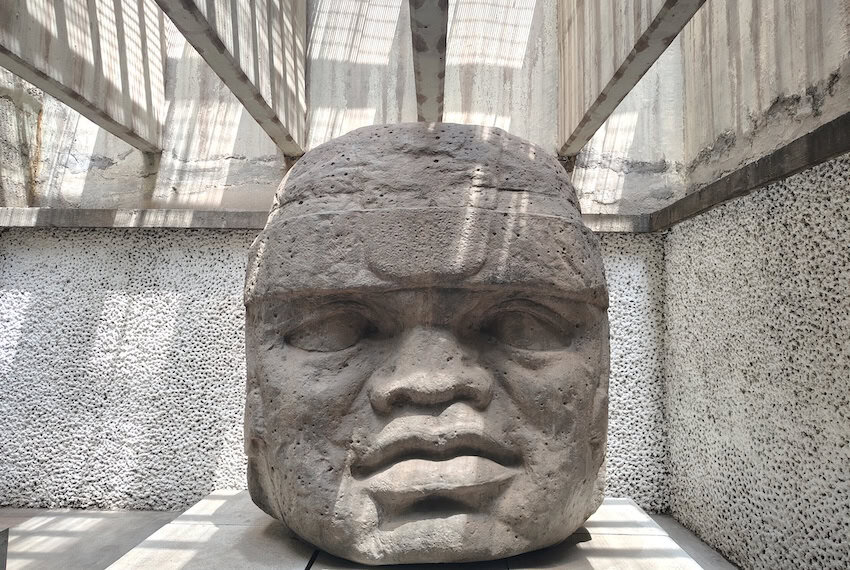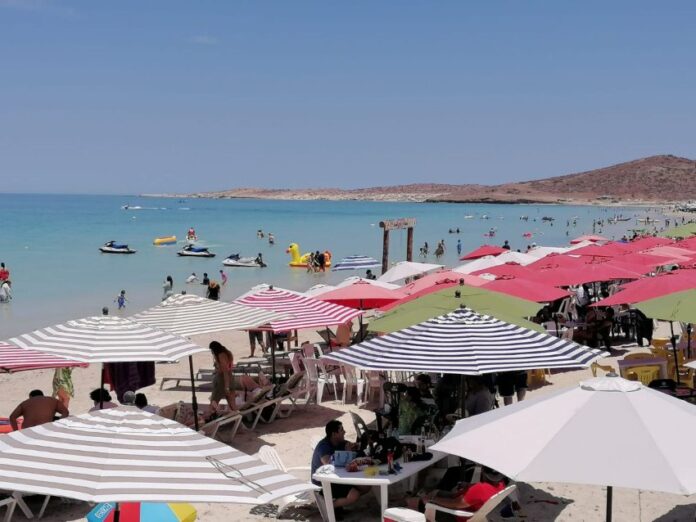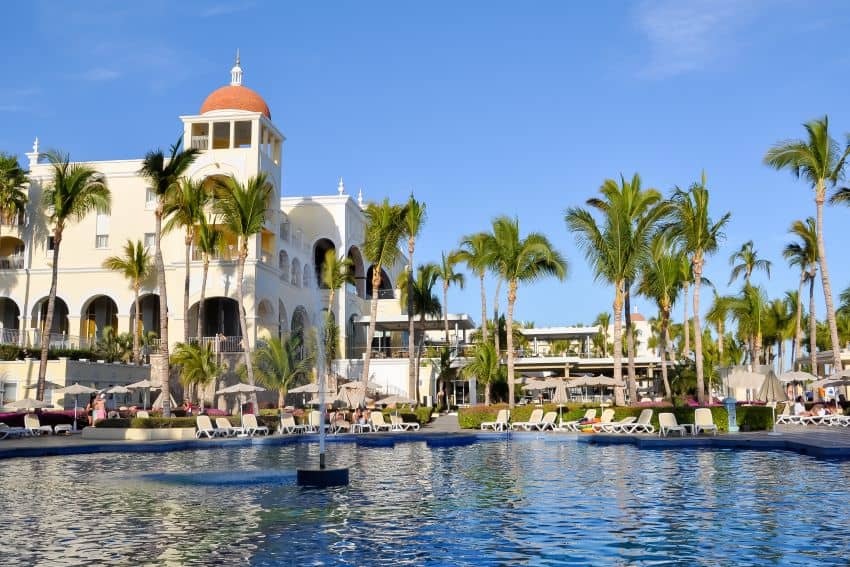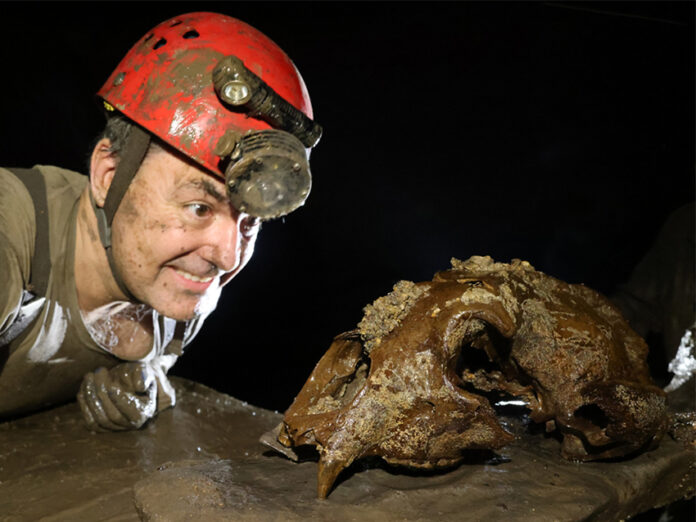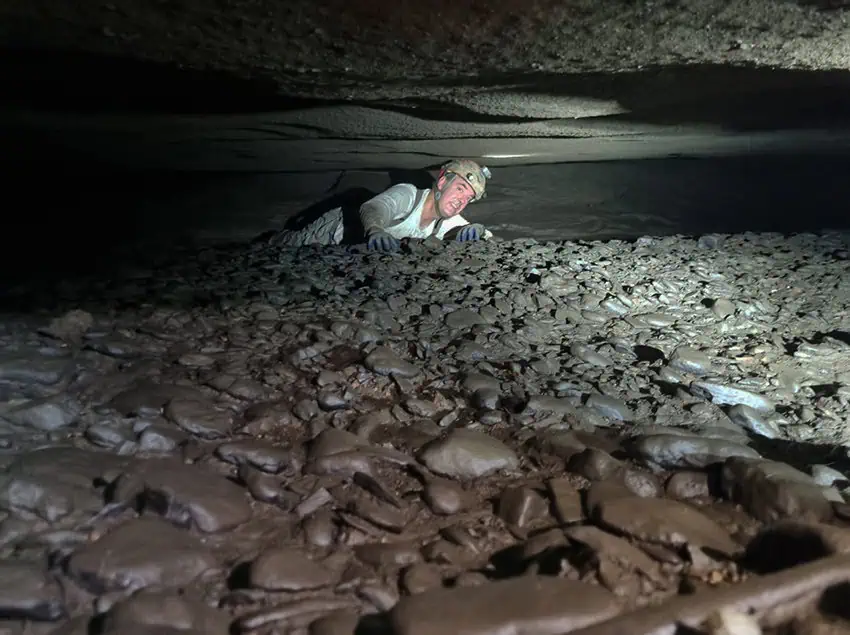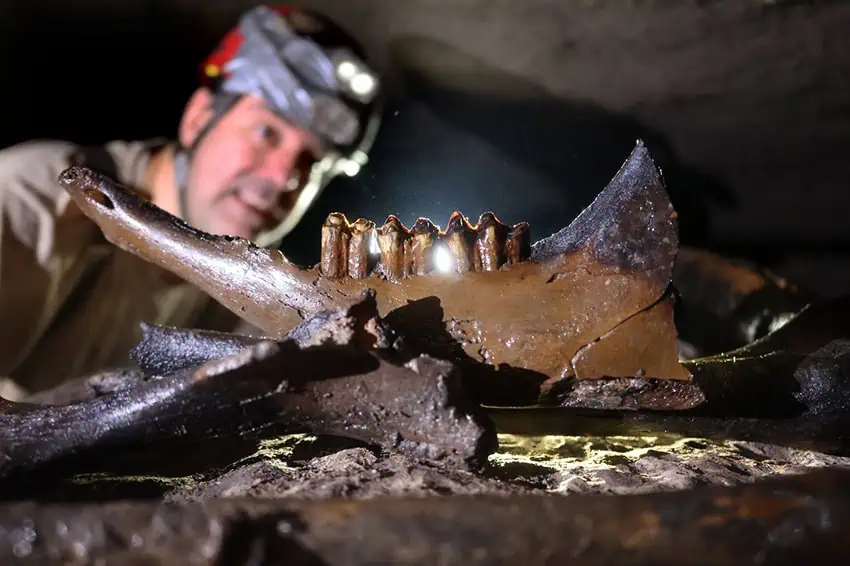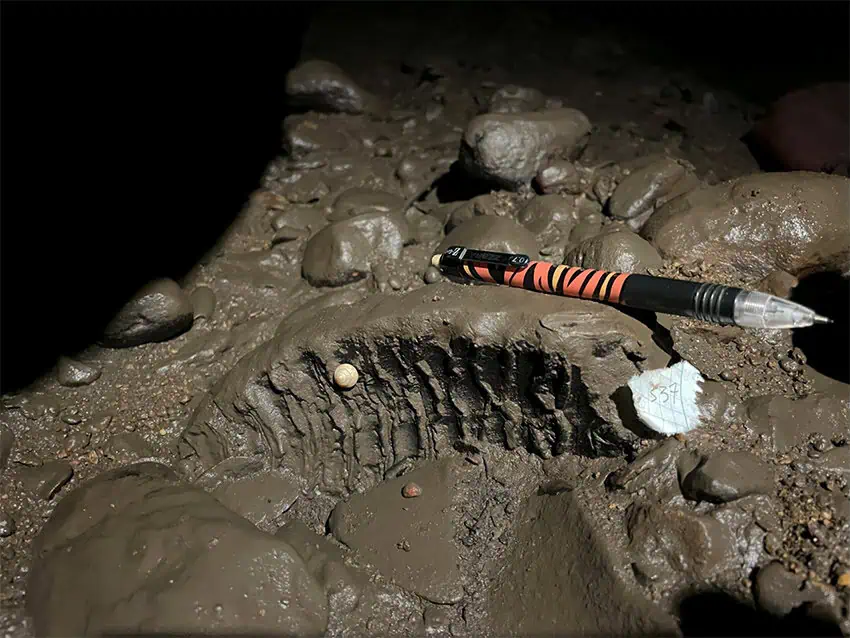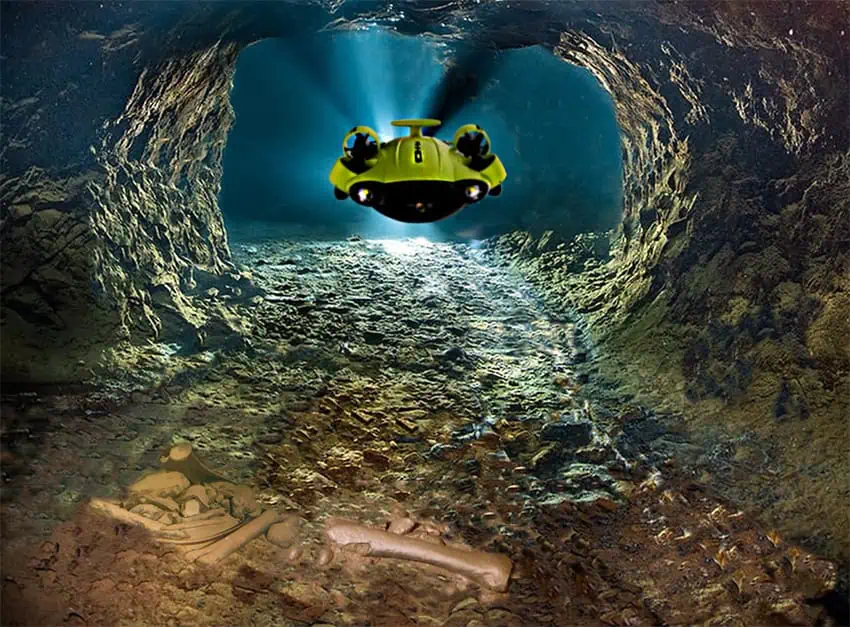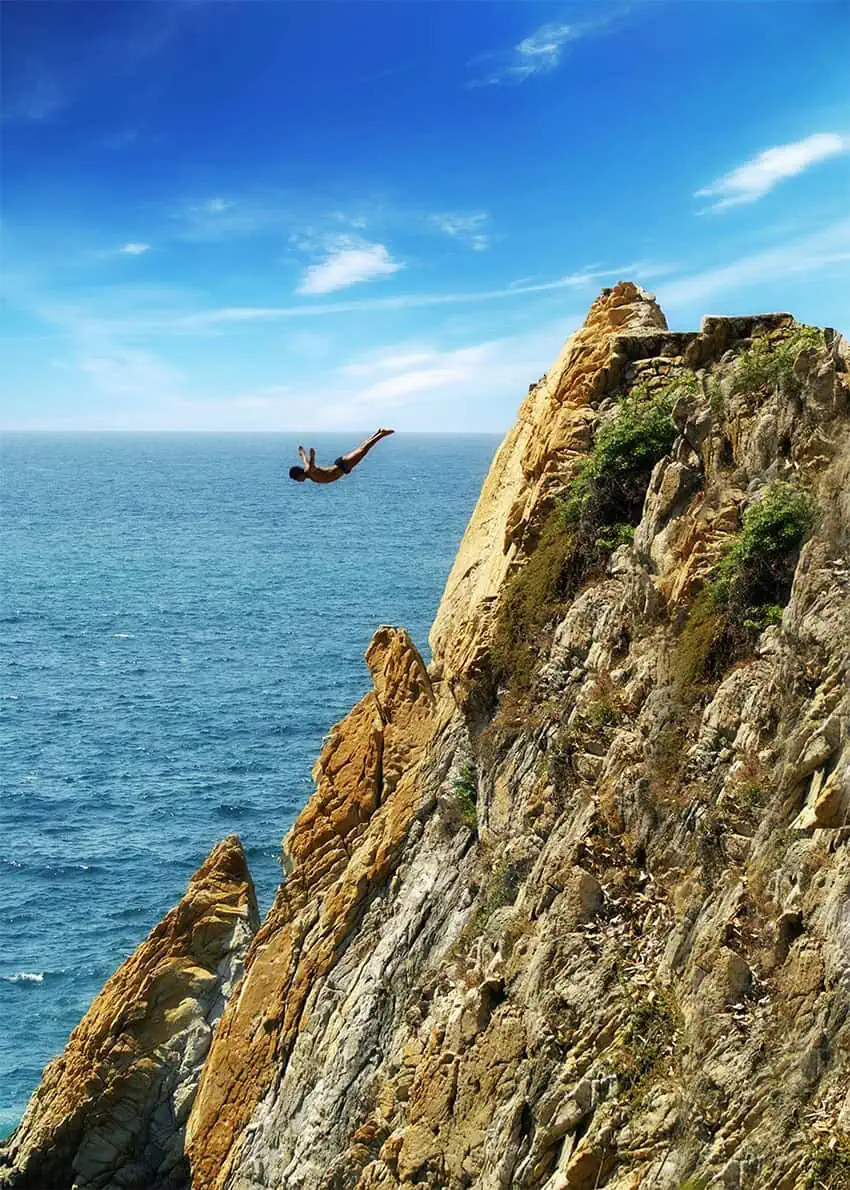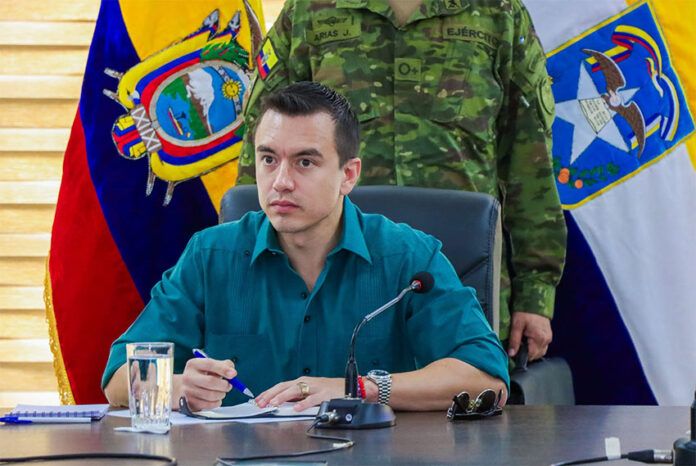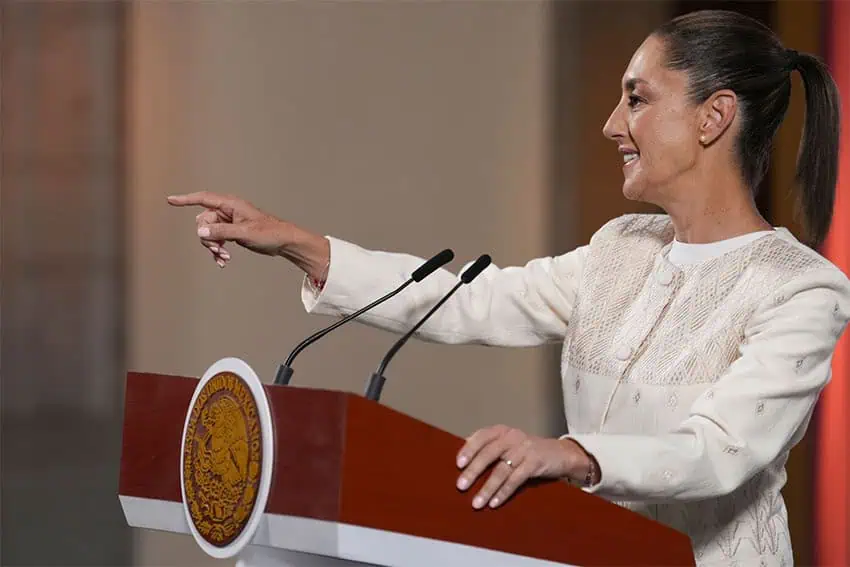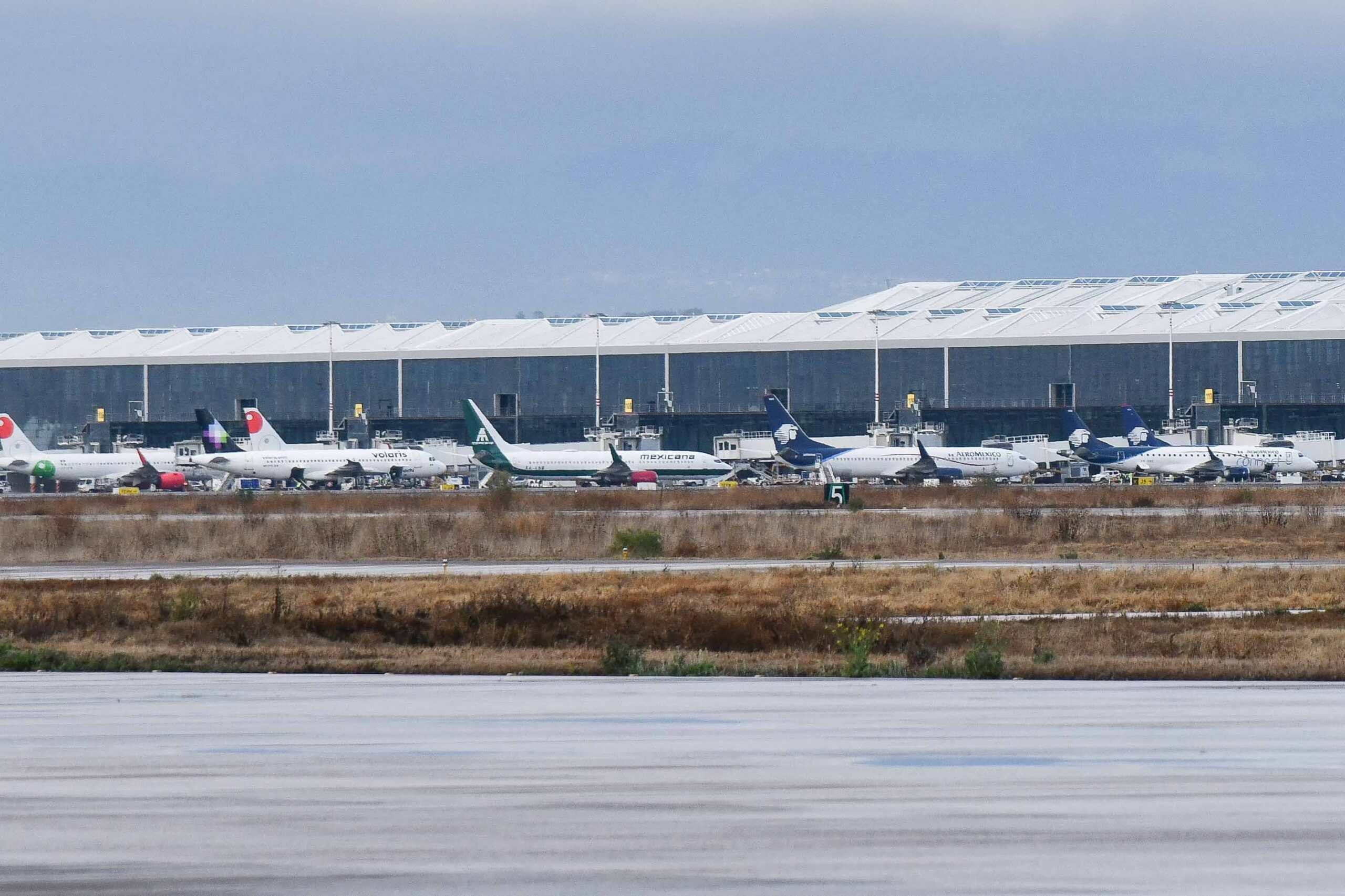Both the number of migrants detected by United States authorities after illegally crossing the Mexico-U.S. border and the quantity of fentanyl seized at the border have significantly decreased this year.
The reductions indicate that efforts on both sides of the border to stop the entry of migrants and narcotics to the United States are working, even as the U.S. government continues to pressure its Mexican counterpart to do more to stem these flows.
#Comunicado. El 16 de abril de 2025, el General Ricardo Trevilla Trejo, Secretario de la Defensa Nacional, atendió una videollamada que se realizó a solicitud del General Gregory M. Guillot, Comandante del Comando Norte de los Estados Unidos de América. pic.twitter.com/M5ZgzkXiZd
— @Defensamx (@Defensamx1) April 17, 2025
Mexico’s Ministry of Defense (Defensa) referred to the reductions in a statement issued on Wednesday, in which it noted that Defense Minister General Ricardo Trevilla Trejo had spoken on a video call to General Gregory M. Guillot, commander of the United States Northern Command.
“During the call, General Trevilla recognized the efforts made by the armed forces of both countries in coordination with the civilian authorities of each nation,” the ministry said.
Those efforts are “reflected in the recent results provided by the United States Department of Homeland Security (DHS), among which the following stand out,” Defensa said. The statement mentioned:
- A 97% reduction in the number of “illegal crossings of the border” compared to “the same [unspecified] period of last year.”
- A 59% increase in seizures of ammunition and parts of weapons compared to “the same [unspecified] period of last year.”
- A 70% reduction in fentanyl seizures, “with 20,000 pounds of fentanyl, heroin and methamphetamine confiscated in total (45% reduction) in the past 90 days.”
Are the cited reductions for illegal crossings and fentanyl seizures accurate? Exactly which periods are being compared?
Let’s delve into official data to find out.
Migrant encounters
A so-called “migrant encounter” refers to an instance in which United States authorities come into contact with and apprehend a person who has crossed the Mexico-U.S. border between official ports of entry.
The term “migrant encounter” is also used by U.S. authorities to refer to contact with a person who arrives at an official port of entry on the border and is subsequently deemed to be inadmissible.
According to U.S. Customs and Border Protection (CBP) data, 44,632 migrants were detected between January and March after crossing into the United States between official points of entry. These are the “illegal crossings of the border” that Mexico’s Defense Ministry referred to in its statement.
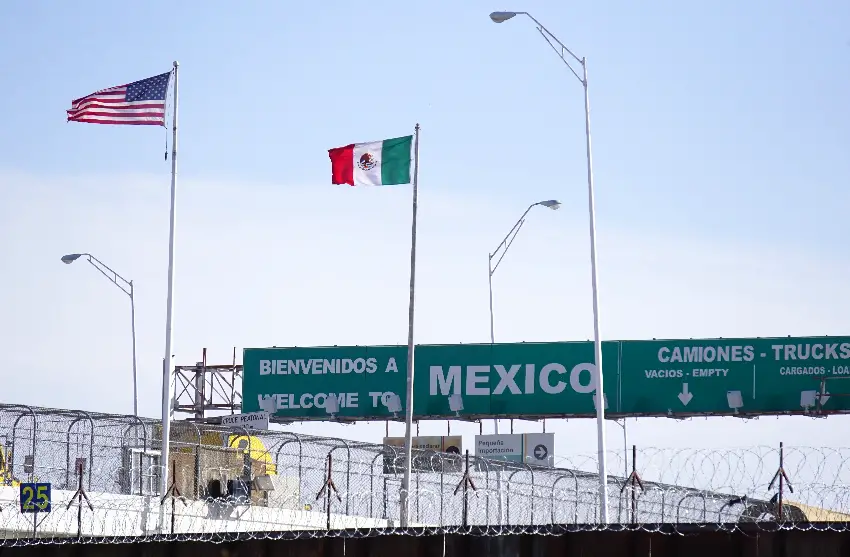
A comparison between the number of detected illegal crossings in one period with the number in an earlier period can be made to determine whether such crossings are going up or down.
The 44,632 “migrant encounters” in the first three months of the year represent an 89% decrease compared to the 402,344 encounters in the same period of 2024.
The reduction is indeed high, but not as high as the 97% decrease Defensa referred to in its statement.
Perhaps the data the DHS supplied to the Defense Ministry refers to the year-over-year decrease in illegal crossings in March. Let’s take a look.
CBP last month detected 7,181 migrants who crossed into Mexico between official ports of entry. That figure represents a reduction of almost 95% compared to the 137,473 “migrant encounters” in March last year when former U.S. president Joe Biden still occupied the White House.
So where does the 97% figure come from? The White House provides the answer in a statement issued on April 1.
CBP nationwide encounters have dropped drastically since Biden & Harris’ disastrous border policies were reversed.
Thanks to @POTUS, our borders are now more secure than ever! pic.twitter.com/qgCMyVmAh2
— House Homeland GOP (@HomelandGOP) April 16, 2025
The 97% reduction is, in fact, a comparison between the migrant apprehensions last month and those in March 2022, when there were 211,181 between ports of entry.
Conclusion? The claim in the Defense Ministry statement — that there was a 97% reduction in illegal crossings compared to “the same period of last year” — simply doesn’t stack up.
While the number of “migrant encounters” has decreased significantly since United States President Donald Trump began his second term, it should be noted that illegal crossings began to decline after Biden implemented a new border policy last June.
Fentanyl seizures
Fentanyl seizures at the border can be as used as a proxy to estimate whether the amount of the synthetic opioid entering the United States is going up or down.
Trump has focused intensively on the supply of fentanyl from Mexico to the United States, frequently highlighting that it has caused the overdose deaths of hundreds of thousands of U.S. citizens. In March, he imposed 25% tariffs on all imports from Mexico and most imports from Canada due to what the White House said was the two countries’ failure to adequately stem the flow of “lethal drugs” such as fentanyl into the U.S. Those tariffs remain in effect for non-USMCA-compliant goods.
CBP data shows that 2,330 pounds (1,057 kilograms) of fentanyl were seized at the border between January and March. This figure represents a 49% reduction compared to the same period of last year and a 47% decline compared to the final three months of 2024.
So how was the 70% reduction calculated? The answer to that question is unclear.
Sheinbaum holds ‘productive’ call with Trump as tension looms on trade and border issues
It appears that the figure most likely comes from comparing fentanyl seizures at the Mexico-U.S. border last month (742 pounds) to those in March 2023 (2,848 pounds). The decline in fentanyl seizures in March compared to the same month two years earlier is a slightly higher 74%.
The Defense Ministry’s statement that 20,000 pounds of fentanyl, heroin and methamphetamine were seized at the border in the past 90 days is incongruent with CBP data, which shows a significantly larger amount of those drugs was confiscated.
5 takeaways
- The statistics indicate that the number of migrants attempting to illegally cross into the United States from Mexico, and attempts to smuggle fentanyl into the U.S., have declined significantly since Trump took office on Jan. 20 and immediately declared a national emergency at the border.
- The Trump administration’s stricter patrolling of the border and implementation of stricter border policies have certainly been a major factor in the reduction of illegal crossings and drug smuggling in recent months.
- Mexico can take partial credit for the reductions given that the federal government led by President Claudia Sheinbaum has ramped up enforcement against cartels and migrants, including by deploying 10,000 National Guard troops to the northern border in early February as part of an agreement with Trump to stave off tariffs on Mexican goods. Sheinbaum has attributed the decline in the quantity of fentanyl seized at the border to the increase in confiscations of the powerful synthetic opioid in Mexico, where the drug is manufactured with precursor chemicals illegally imported from China.
- The reductions in both the number of migrants and the quantity of fentanyl reaching the United States has not completely appeased Trump. Late last month, the U.S. president said that Mexico has “stepped it up a lot” in the fight against illegal migration and narcotics, but just this week he asserted that the Mexican government is “very afraid” of drug cartels. While Trump lifted his “fentanyl tariffs” on Mexican goods that comply with the USMCA free trade pact, they continue to apply to non-USMCA compliant products.
- Don’t take government statements and data at face value (the United States so-called “reciprocal tariff” rates — which many experts concluded are not in fact reciprocal — provide a good example of the need to exercise caution).
By Mexico News Daily chief staff writer Peter Davies ([email protected])


